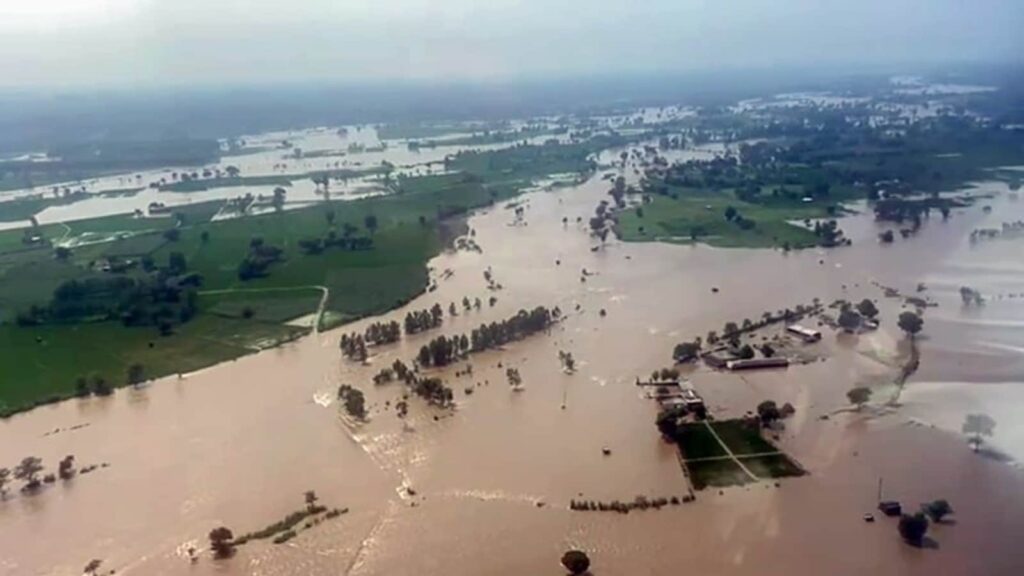2023 might well be the year that the catastrophic effects of the climate crisis hit home in India. Just this week, devastating landslides and rampaging rivers killed 70 people in Himachal Pradesh with another 13 people dead or missing in Uttarakhand. The downpour washed away vehicles and subsumed buildings into flood waters, smashing key road and rail links. The tragedy wrecked not just remote locations on mountain fringes but popular tourist destinations, including Himachal Pradesh’s capital Shimla, where 11 bodies were found in a temple. The disaster was made worse by the fact that this was the second time that the hill states were pounded by sheets of torrential rainfall. In July, floods, landslides and mudslides washed away portions of a critical national highway, inundated neighbourhoods and caused landslides that cut off mountain cities and villages. Even in the national Capital, the heaviest deluge for a July day in 21 years marooned large swathes of the city.
None of these are one-off events. Vagaries of climate have played truant all year — the monsoon recorded alarming deficits for most of June, but made double-quick time in the last week-and-a-half of the month with an unusual trajectory that saw it blanket Mumbai and Delhi at roughly the same time. Data analysed by this newspaper showed just how erratically the monsoon behaved this year, dropping to a 65% deficit in the second week of June, before making up the deficit with more than 30% above-average rainfall every day between June 26 and July 1. July ended with a 4.8% surplus for the season as a whole but by August 18, India was looking at a 6% deficit.
The slowly expanding crisis has three distinct dimensions. The first is the immediate risks faced by the Himalayan states from untrammelled development that is endangering the lives of thousands of people. Neither the Union government nor the administration in either state has hinted that they are considering a relook at the development models, and becoming more judicious in tinkering with fragile systems. Indeed, policy directions — as exemplified by the recent passage of two controversial environmental laws — indicate that ease of doing business, development projects, and national security will take centre stage. Unless this imperative is balanced with the needs of the environment, such disasters will only multiply.
The second is the impact of the changing weather on cropping patterns, food security, and quality of living. Temporal and spatial anomalies in the spread of rainfall are only likely to deepen, and policymakers will need to incorporate such changes into policy. Civic and public infrastructure will also need to adapt quicker to a changing and warming world. Authorities can no longer afford to deal with each crisis as it comes. None of this is possible without the third dimension, social and political will. Till now, the environment has only had marginal play in the electoral arena. Even grave health concerns such as Delhi’s toxic pollution appear to have little political footprint. But the climate crisis poses an existential threat to millions of people living in the hills, and across India. Only a concerted push by the people can generate the necessary political will that appears to currently be focussed on fulfilling developmental and strategic aspirations. In the face of the climate crisis’s destructive potential, it cannot be business as usual.
Embrace independence with quality journalism
Save on HT + The Economist subscription


